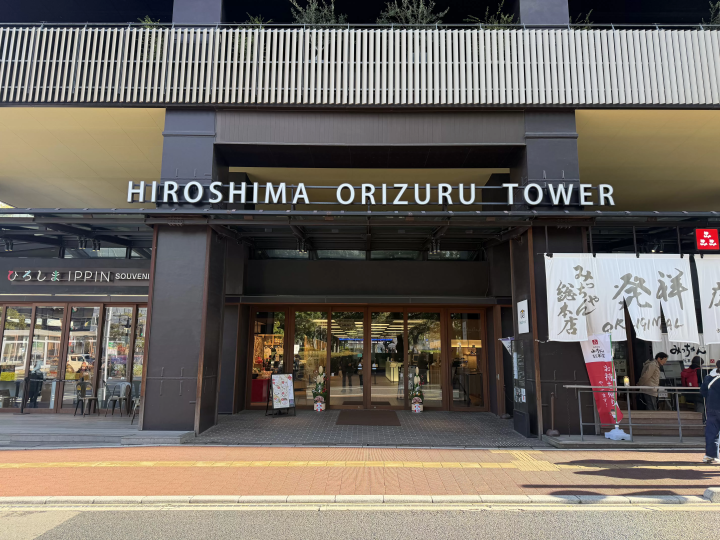Kutani Ware And Traditional Arts - See And Make Local Crafts In Kaga

Kaga, Ishikawa, is an area known for its traditional arts and crafts. At Yunokuni no Mori, guests can get a taste of local crafts with gold gilding and washi paper workshops. At Kutani Ceramics Village, visitors can enjoy and learn about centuries-old Kutani ware and find pieces by renowned artists.
Discover Traditional Crafts at Yunokuni no Mori and Kutani Ceramics Village
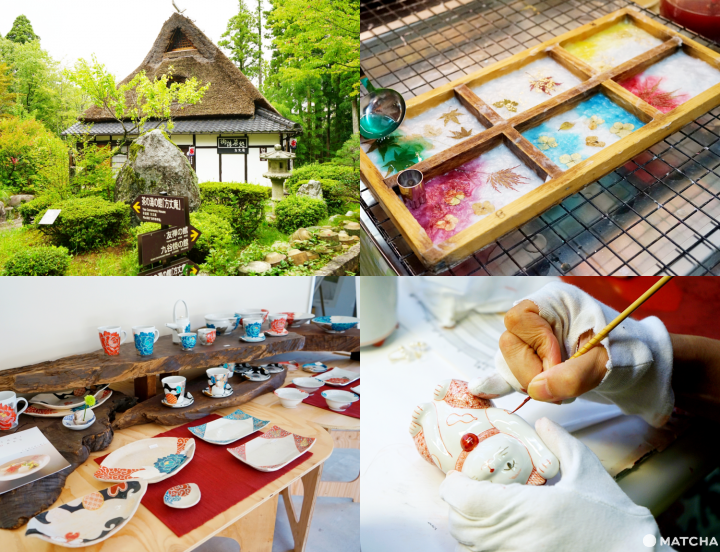
The Kaga area in Ishikawa Prefecture is a paradise for those interested in Japanese crafts. Famous in particularly for Kutani ceramics and lacquerware, Kaga is filled with places where visitors can experience the fine arts and techniques that have been passed down for decades.
We'll first introduce Yunokuni no Mori, a facility with multiple workshops featuring Kutani ware, gold gilding, and local crafts.
Then we'll focus on Kutani Ceramic Village, which houses two major Kutani ware museums and shops selling rare, high-quality ceramics. Read more about these two facilities to learn about how to experience the fine crafts of Kaga.
Table of Contents
1. Yunokuni no Mori
・ Gold Leaf Gilding Workshop
・Japanese Washi Paper Making
・Kutani Ceramics and Other Activities
・Access
2. Kutani Ceramics Village
・ Nomi Kutani Ceramics Museum
・ Isokichi Asakura Museum
・ Ceramics Shopping Direct from Artists
・ Access
Yunokuni no Mori - Make Kaga Crafts Yourself
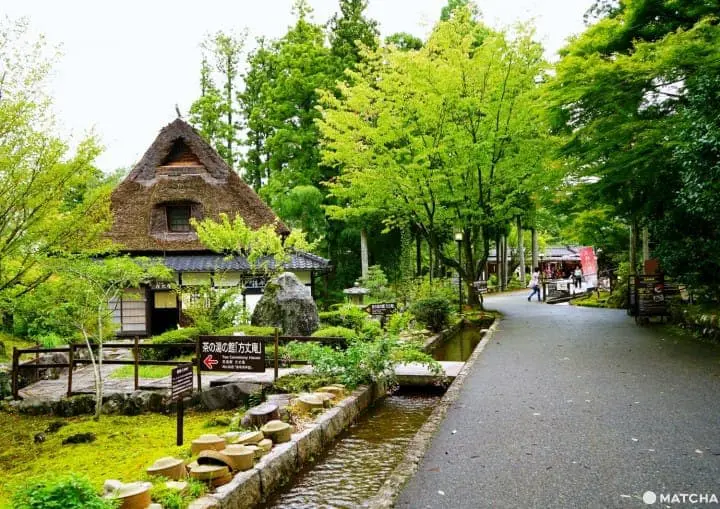
A rewarding experience for many travelers is making something with your hands. At Traditional Handicrafts Village Yunokuni no Mori (Yunokuni no Mori), guests can enjoy the world of traditional arts of the Kaga area in Ishikawa Prefecture through creation. From centuries-old Kutani ware to gold gildingworkshops, gorgeous lush forest surroundings, and eateries with regional specialties, Yunokuni no Mori is great for those looking to spend a full half-day or day of learning and entertainment.
Each workshop and facility here is located in a traditional Japanese home (kominka; pictured above). Most activities take around 30 minutes.
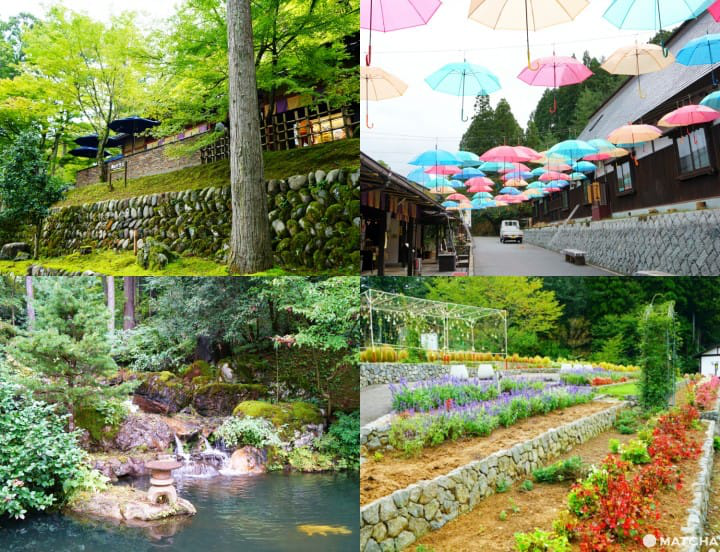
It is also fun to stroll around Yunokuni no Mori, as the gorgeous greenery, gardens, and colorful accents create a fantasy-like atmosphere.
We picked up three activities that we warmly recommend to those who want a hands-on experience of local Japanese crafts.
1. Gold Leaf Gilding Workshop
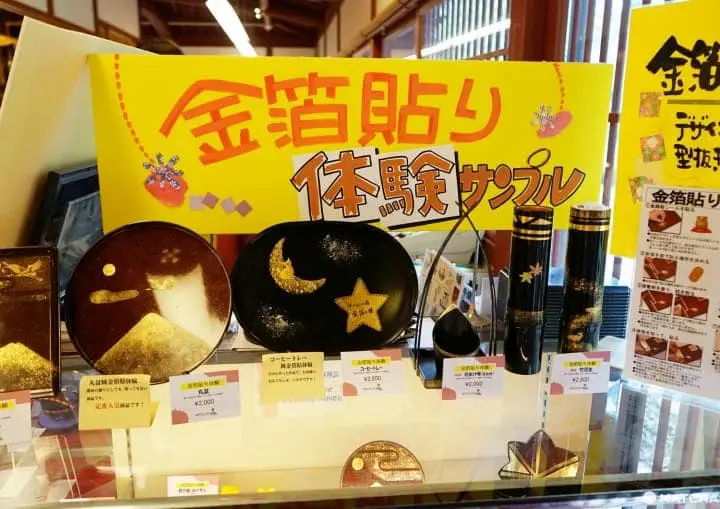
Gold leaf gilding is one of the most popular activities at Yunokuni no Mori. Ishikawa Prefecture and nearby Kanazawa have around a 400-year history of gold production in Japan. It is used in traditional crafts, such as lacquerware, ceramics, and even fine dining.
At the Gold Leaf House, guests can apply a gold sheet and etch a special design for a one-of-a-kind souvenir. You can choose to make trays, mugs, and other lacquerware. It takes around 30 minutes for the workshop.
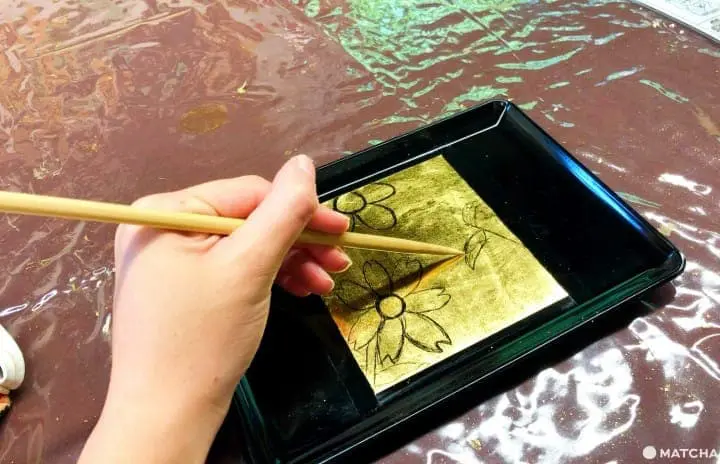
For making a tray, first, apply the gold sheet, seal it with some varnishing liquid, and then polish it. Afterward, it is up to you to create your own design.
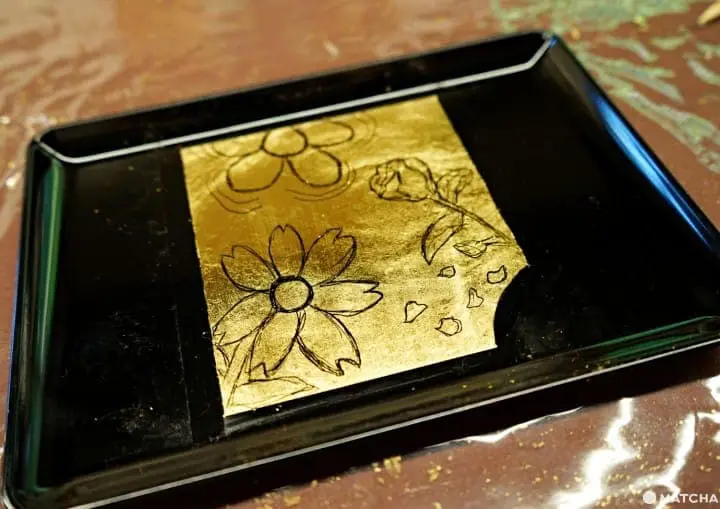
Even if you aren't confident with your skills, it is not challenging. Your tray will be put in a protective package for safekeeping until you get home.
The Gold Leaf House also contains many gold-gilded objects on display and for sale. Be sure to spend time looking around the building--you may find something special on display.
2. Japanese Washi Paper Making
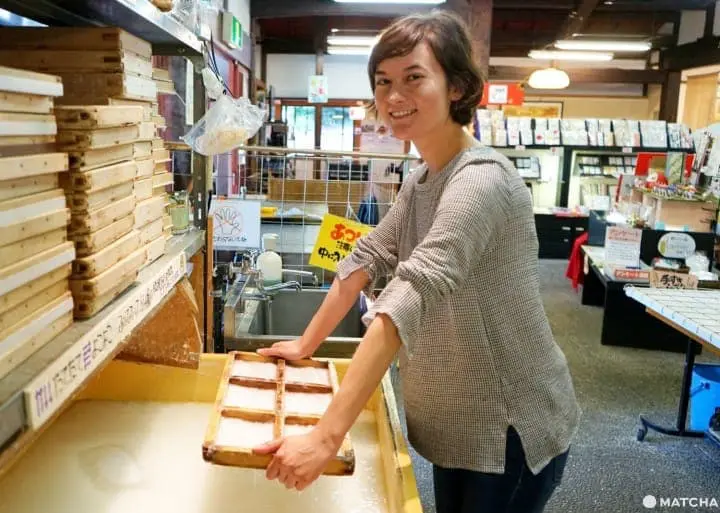
Another fun and accessible activity is making washi, or traditional Japanese paper. Guests can choose to make different paper goods, like postcards and bookmarks.
The picture above shows the beginning process for making postcards. Like the gilding workshop, this takes around 30 minutes (wait at the end for your paper to dry).
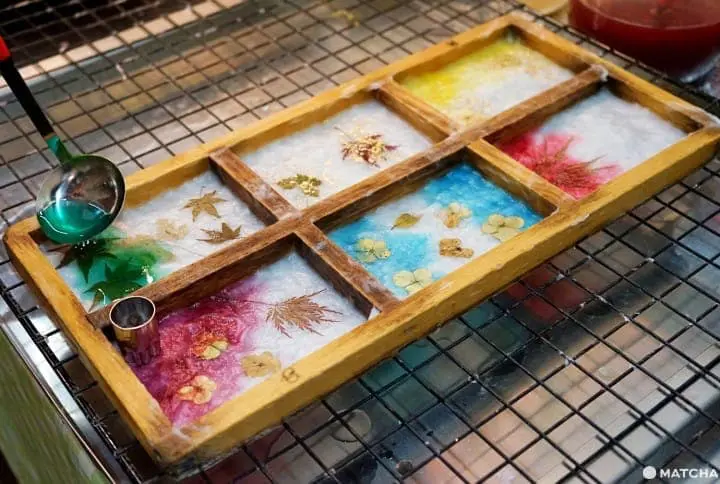
After making the paper from a mixture of water and adhesive liquid, place dried leaves and flowers (gathered from the grounds of Yunokuni no Mori) on top of the postcards. After that comes adding color and gold or silver flakes. Take your time and be sure to ladle the colors on carefully.
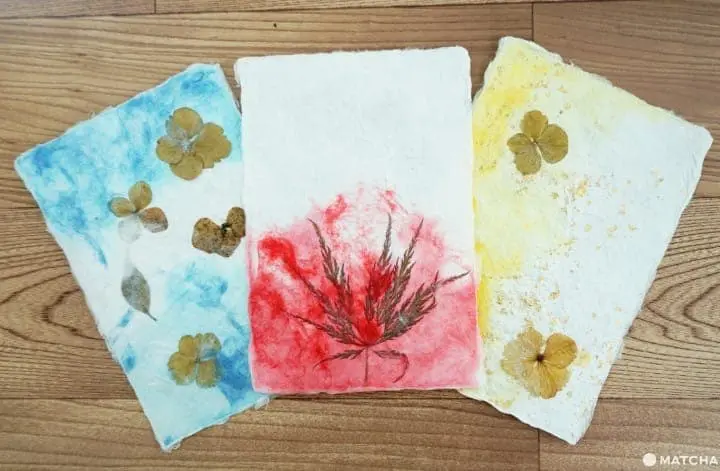
The final product will look something like pictured above. These postcards make a thoughtful gift for someone special and also look great as room decorations.
3. Kutani Ceramics Workshops, Lunch, and Souvenir Shopping

Yunokuni no Mori has numerous workshops where you can make different crafts, from the gold gilding and paper-making mentioned above, in addition to etching, textile dyeing, and other activities.
Another popular choice is Kutani ware (above), local pottery renowned around the world that has been in the Komatsu City area since the early Edo period (1603-1868). Instructors will help you every step of the way. Please note it takes around two months for the entire process.
In addition to trying workshops, there are restaurants, a tea house where you can try matcha, and shops. This is a wonderful place to spend a half-day or full-day with friends or family.
For more information on the workshops offered at Yunokuni no Mori, please visit the official website.
How to Get to Yunokuni no Mori
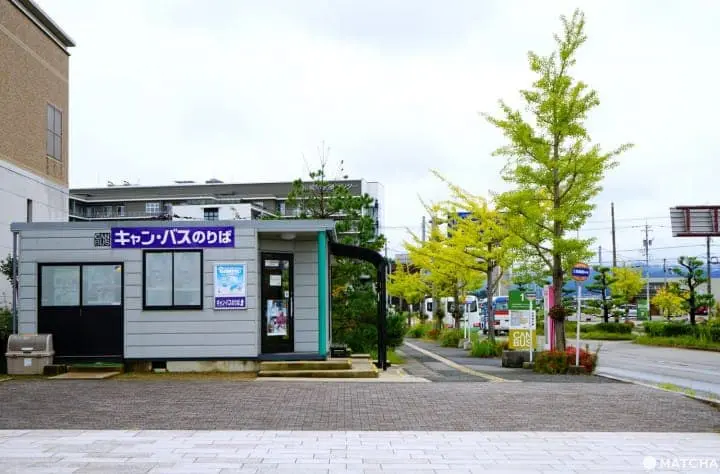
Yunokuni no Mori is in a remote area of Ishikawa Prefecture. The easiest way to get there is via Kaga Loop Bus CANBUS from JR Kaga Onsen Station. The bus stop and ticket booth are just outside of the station.
Purchase your ticket (1,000 yen; unlimited rides for one day) inside the CANBUS building and get on the mountain route bus that leaves from stop #1.
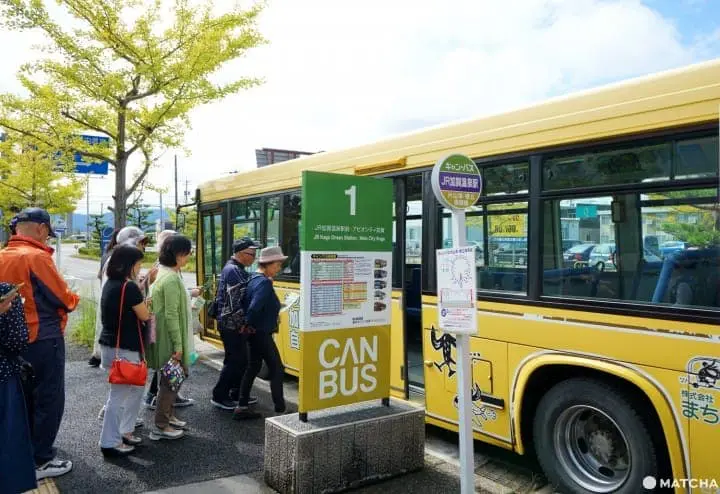
During the ride, a tour guide will explain the history of the Kaga area and landmarks along the way. The explanations are in Japanese, but the guides are very friendly and can speak basic English. Coupons for sightseeing locations, including Yunokuni no Mori, are included in the ticket.
Another option is to rent a car, which can be done conveniently at Komatsu Airport.
Hotels near Kaga Traditional Craft Village Yunokuni no Mori
Kutani Ceramic Art Village - Browse Museums and Encounter Leading Artists
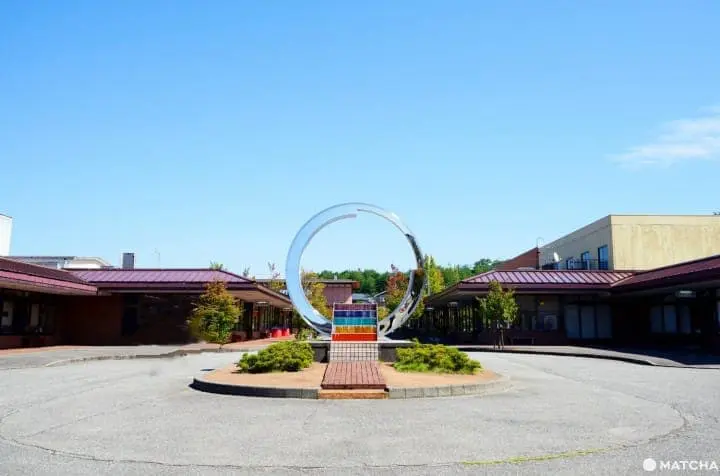
Kutani Ceramic Art Village in Nomi, Ishikawa Prefecture, is the ideal place for getting in touch with one of Japan's finest art forms--Kutani ware. Visitors will experience the historical significance and true beauty of this fine art with the two museums and numerous shops here.
The village contains Nomi Kutani Ceramics Museum, a facility which details the history and basic facts about Kutani ware.
Another opportunity to view Kutani ware is at the Asakura Isokichi Art Museum, a museum named after Isokichi Asakura (1913–1998), a prominent figure and innovative artist in Kutani ceramics. There are around thirteen showrooms with excellent-quality ceramics that are often one-of-a-kind.
The village also has a school where aspiring Kutani ware artists study ceramics intensively.
The highlights of the two museums are introduced below.
1. Nomi Kutani Ceramics Museum
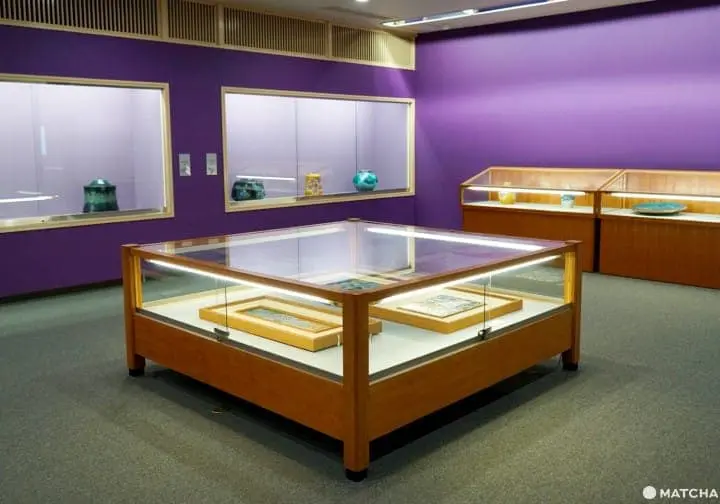
Nomi Kutani Ceramics Museum is a facility where visitors can learn the basics of Kutani ceramics and its long history. English and multi-language support is available and the building is completely wheelchair accessible.
Red, yellow, green, blue, and purple––the five distinctive colors in Kutani ware––mark the different exhibition rooms. There is English guidance throughout the different rooms.
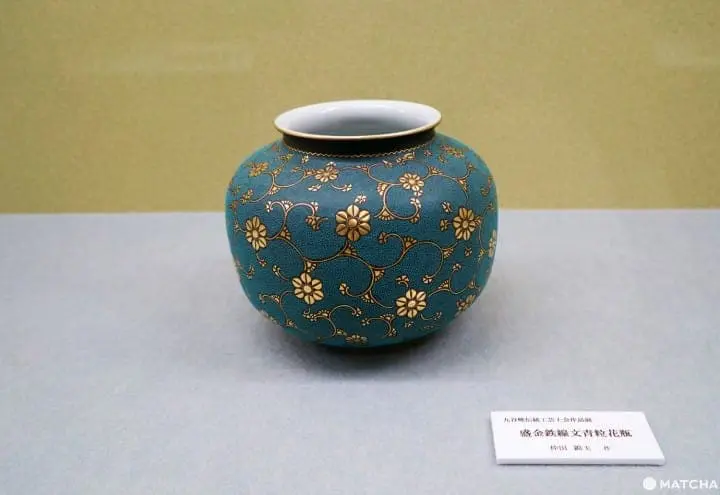
Kutani ware dates back to the early Edo period (around 1655); Kutani ware is still made today with some of the same techniques from centuries ago. Originally made for feudal lords, but this changed during the Meiji period (1868–1912) when international attention was on Japan; these changes also reflect in the characteristics of Kutani ware, as designs became more elaborate. The exhibit rooms are organized to show these transformations and development.
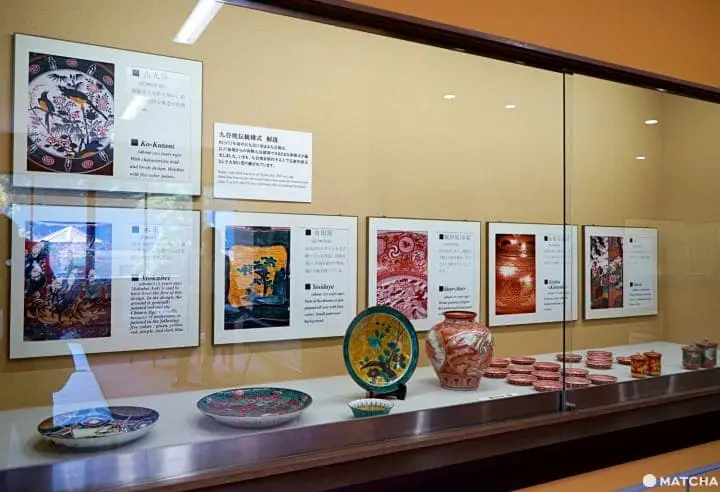
Above shows the process of making a plate; the size shrinks dramatically . Traditional Kutani ware uses different artisans for each part of the process, from the throwing to sculpting, to painting and detailing. The amount of detail and time put into each piece is staggering. There is also a video on the second floor where guests can learn more about the process in-depth. It is offered in English and other languages.
The museum also has special exhibits as well that change throughout the year. Plan to spend at least an hour at this facility to appreciate the exhibits and pieces.
2. Asakura Isokichi Art Museum
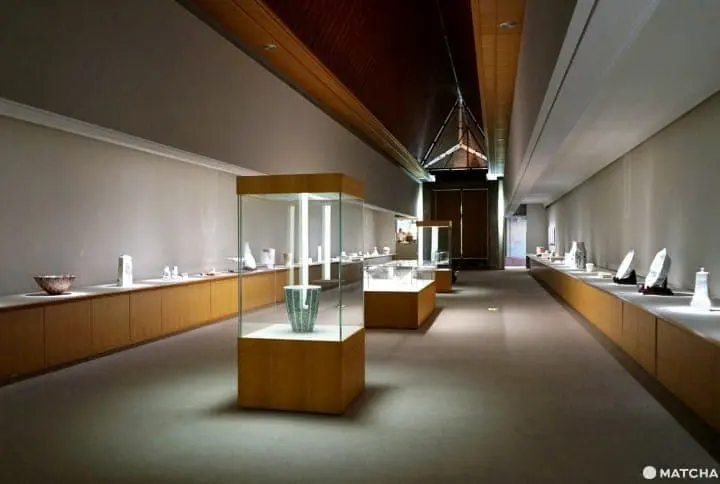
Asakura Isokichi Art Museum is an art museum with special exhibitions as well as regular showcases of renowned Kutani ceramics artist, Isokichi Asakura. It is a great opportunity to view renowned work both traditional and contemporary. Pamphlets are available in multiple languages at the front counter. Be sure to pick up one when you purchase your ticket.
The exhibit displayed at the time was NEXT Kutani, an exhibit showcasing young artists' pieces. The exhibit room was dimmed to emphasis each piece and create a gorgeous shadow behind each.
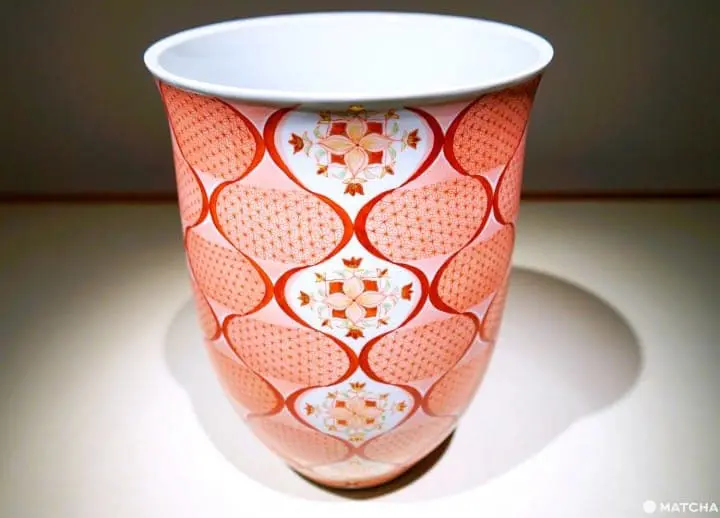
The work pictured above is by Reiko Arise, an artist known for her expertise in akae saibyo, the thread-like red motifs that have been present in Kutani ware since the Edo period.
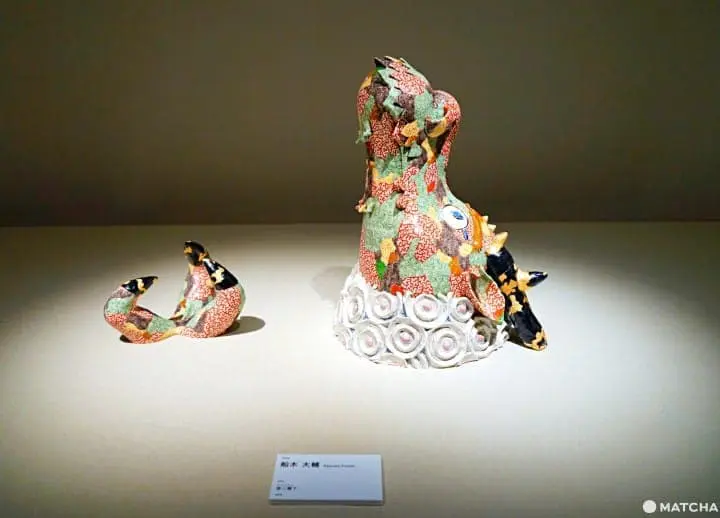
Less-traditional, charming pieces like this colorful dragon are also on display. This is by Daisuke Funaki.
After viewing the inside of the museum, be sure to take some pictures of its impressive exterior, too. Designed by Yoshiro Ikehara, a famous architect, and friend of Asakura. The fascinating architecture is sure to fascinate all.
Ceramics Direct from Artists
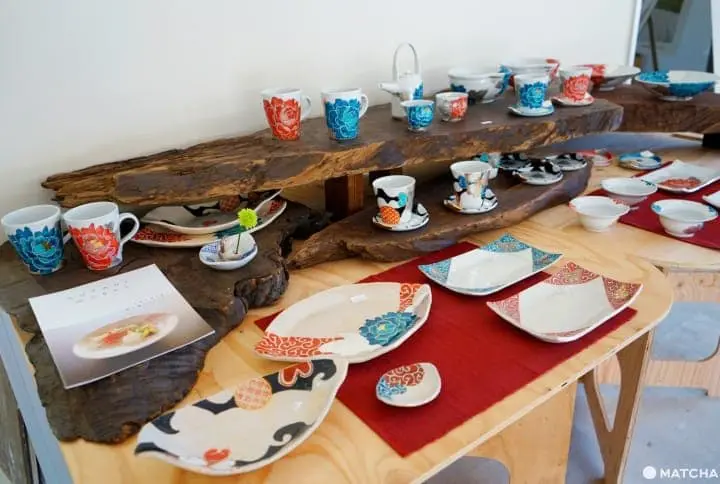
As the premier training school for Kutani ceramics is located in Kutani Ceramics Village, this is one of the best places for shopping for works from Japan's most renowned artisans.
Several vendors selling these artists wares are in the area. Artisans' workshops are here, too. Pictured above are works by Tsuyoshi Sato, a contemporary artist known for his use of bright colors and florals.
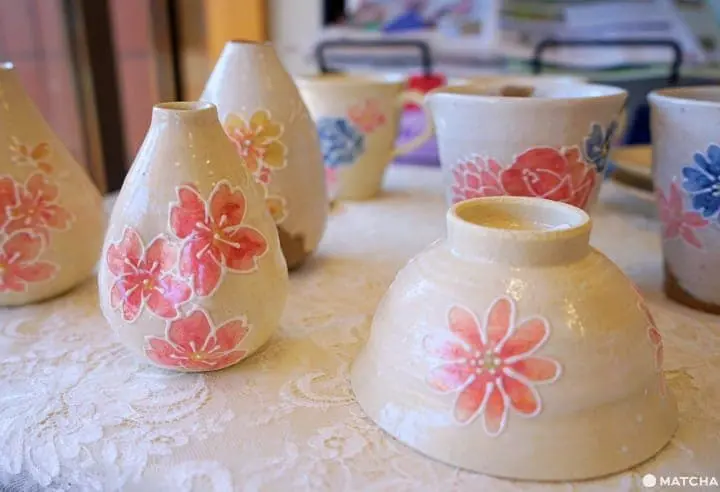
The adorable bowls and cups pictured above are works from Shiho Aikawa, specializing in small minute details and designs. She has received national recognition for her expertise in Kutani ware.
Head to one of the many shops in the village to purchase these precious, high-quality works.
How to Get to Kutani Ceramics Village
Kutani Ceramics Village is in Nomi, Ishikawa Prefecture. The facility is accessible from Kanazawa in less than 2 hours, making it a good place for a day trip or start to sightseeing in the Kaga area of the prefecture.
From JR Kanazawa Station, take the train to JR Nomi-Neagari Station. From there, you can either take a taxi to Kutani Ceramics Village (around a 15-minute drive) or take the bus for 15 minutes and get off at Kutaniyaki Togei Mura.
After visiting the village, it is convenient to head back to the train station and explore other parts of the prefecture, like Kaga Onsen, an area with five hot spring towns and beautiful nature. It is around a 30-minute train ride (local) to JR Kagaonsen Station.
Fuel Your Artistic Senses in Kaga, Ishikawa
At the forefront of art and culture in Japan, Ishikawa Prefecture's Kaga area is one of the best regions to get in touch with the fine arts.
Yunokuni no Mori and Kutani Ceramics Village are two destinations essential to anyone with even a slight curiosity about traditional crafts in Japan. Both facilities invite guests to learn and participate in keeping these valuable parts of Japanese culture alive.
Read also
In cooperation with Yunokuni no Mori and Kutani Ceramics Village
An awkward Southern California native living in Osaka. Originally came to Japan on the JET Program in Hyogo Prefecture (Kansai) after studying economics in college, and decided to try to stay.
IUC 10-month program graduate. Vegan and interested in all things Japan-related. Left-handed. Very fond of Kansai.







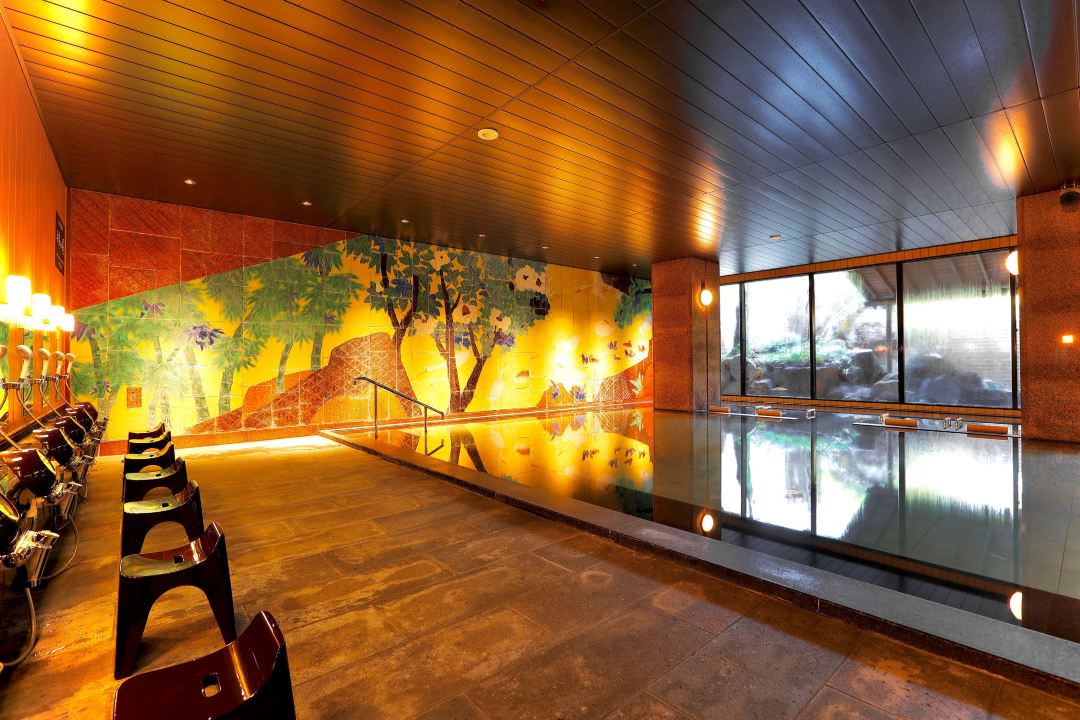













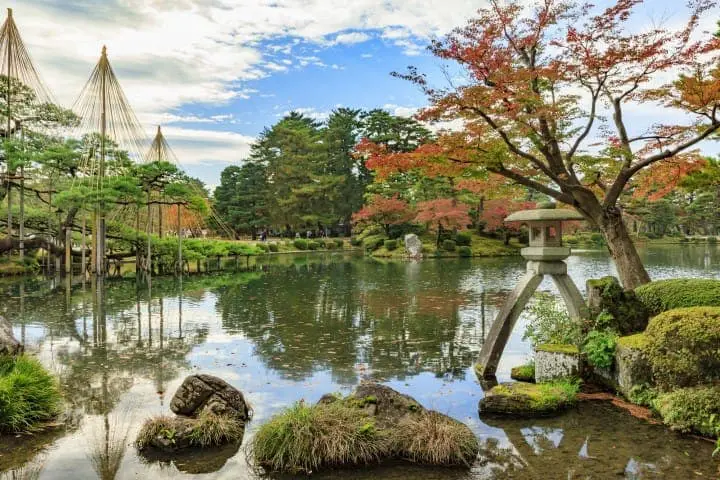



























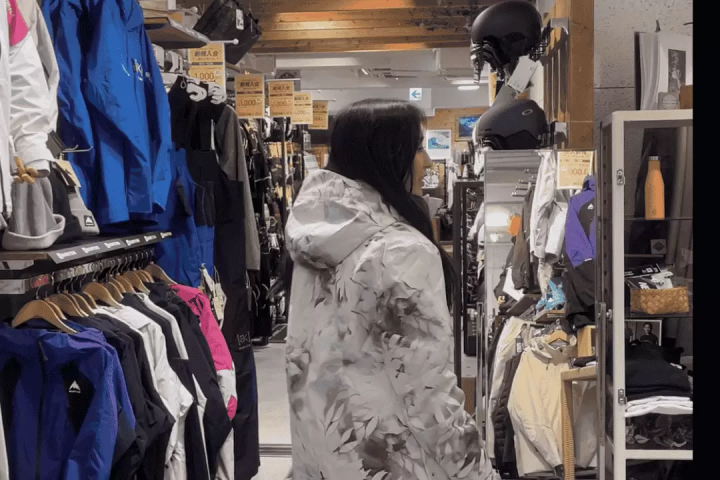

![[2026] A walking map of famous plum blossom spots in Osaka!](https://resources.matcha-jp.com/resize/720x2000/2025/12/22-253767.webp)

